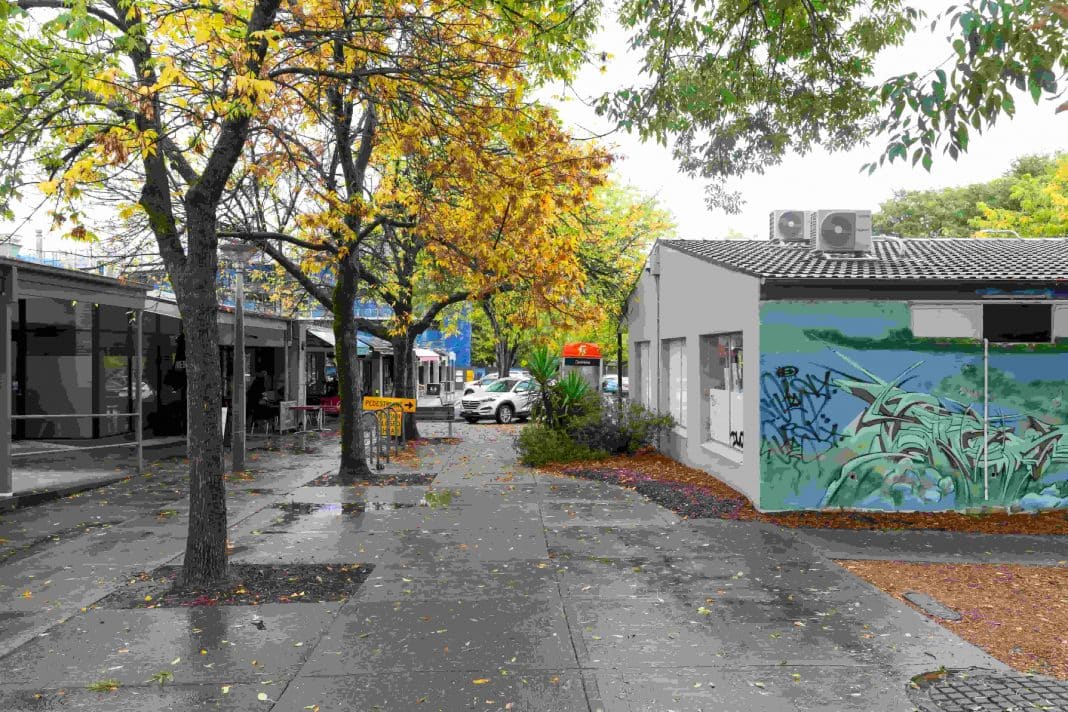Canberrans have two more weeks to comment on the draft district strategies and Territory Plan, released in November. The public can share their views via the ACT Government’s Have Your Say website.
- ACT Government ‘focusing on outcomes’ in draft Territory Plan (1 November 2022)
“As our city grows, it is important that community facilities like shops, schools, playgrounds, and sport fields are easily available to everyone in the community,” said Mick Gentleman, ACT Minister for Planning and Land Management.
The district strategies set out the goal that all Canberrans should be able to walk (or travel actively) to their local town or group centre where they can access these facilities and, importantly, feel a sense of belonging to a community, the minister said. This contributes to the health and wellbeing of Canberrans, and fosters sustainable living.
These facilities could be publicly or privately operated, and the ACT planning system has zoning in place to reserve land for these community uses.
The new draft Territory Plan has Community Facility zone policies to facilitate social sustainability and inclusion by providing accessible sites for these facilities. The location of community facility zoned sites takes this into consideration.
The draft new Territory Plan also changes the Community Facilities zone policies, and introduces new uses:
A greater range of housing options such as community housing (affordable rental) will also be allowed in the community facility zone, increasing affordable housing options, Mr Gentleman said.
Many districts in the ACT have commercial centres, called group or local centres. Group centres service a number of nearby suburbs, like in Macquarie, Calwell, Mawson, and Dickson.
Local centres are smaller shopping centres where the community can find their day-to-day type of shops, such as the McKellar, Fadden, and Narrabundah shops.
While the ACT is in the early stages of planning at a district level, and specific places have not been finalised, the draft strategies allow these community facilities to be planned with a broader lens on other factors in the area, Mr Gentleman said.
This includes better connections between community facilities and public transport to make it easier for people to get to them; where they are located in relation to growing areas; and identifying areas that may need new community facilities, like Molonglo Valley.
While some centres function well, and many have become more popular through the COVID-19 pandemic, Mr Gentleman said, the economic role and physical condition of others has declined because of a lack of floor space, the rise of online shopping, or because centres need an upgrade.
Often a declining centre will require an intervention or new investment to drive change, he said. This can include physical upgrades, policy changes to zoning, or upgrades to the public areas such as footpaths, to encourage commercial lease holders to set up new and different shops and services.
The ACT Government maintains and upgrades public open space infrastructure at local shopping centres to encourage the public to use and enjoy public places, Mr Gentleman said.
Upgrade works often include new or improved lighting, park / street furniture, pathways and paving, playground equipment, community artwork installations, signage, traffic and car parking arrangements, or landscaping and tree planting.
The draft district strategies make support for slow growing or declining local centres a priority, Mr Gentleman said. Several group and local centres were identified for possible initiatives to stimulate renewal.
Planning renewal efforts might include upgrading public areas or nearby parks, changing traffic access arrangements, upgrading communal outdoor areas, or zoning changes (e.g. from community use or industrial to commercial zone) to facilitate new investment and uses.
The draft district strategies include a big driver for inclusive centres and communities, Mr Gentleman said. This includes planning for and provision of community facilities to support new development in proposed change areas and investigation areas.
A new Urban Design Guide will provide best practice urban design guidance for larger or more complex developments, such as local shops, group centres, and any integrated community facilities. This includes greener, pedestrian-focused streets, and making sure centres are socially and environmentally resilient and respond to a changing climate.
Developers will need to factor this proposed guidance into their projects.



